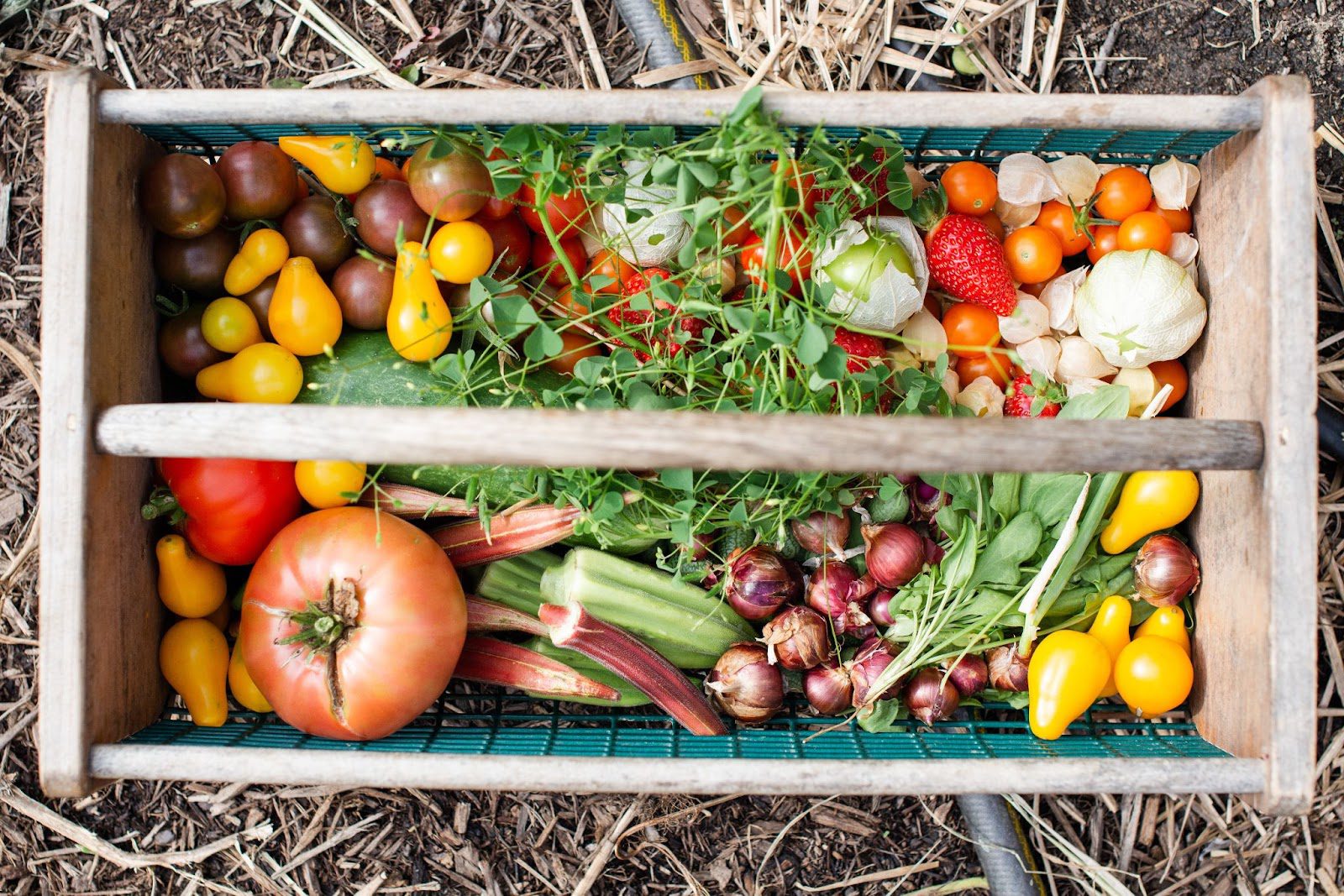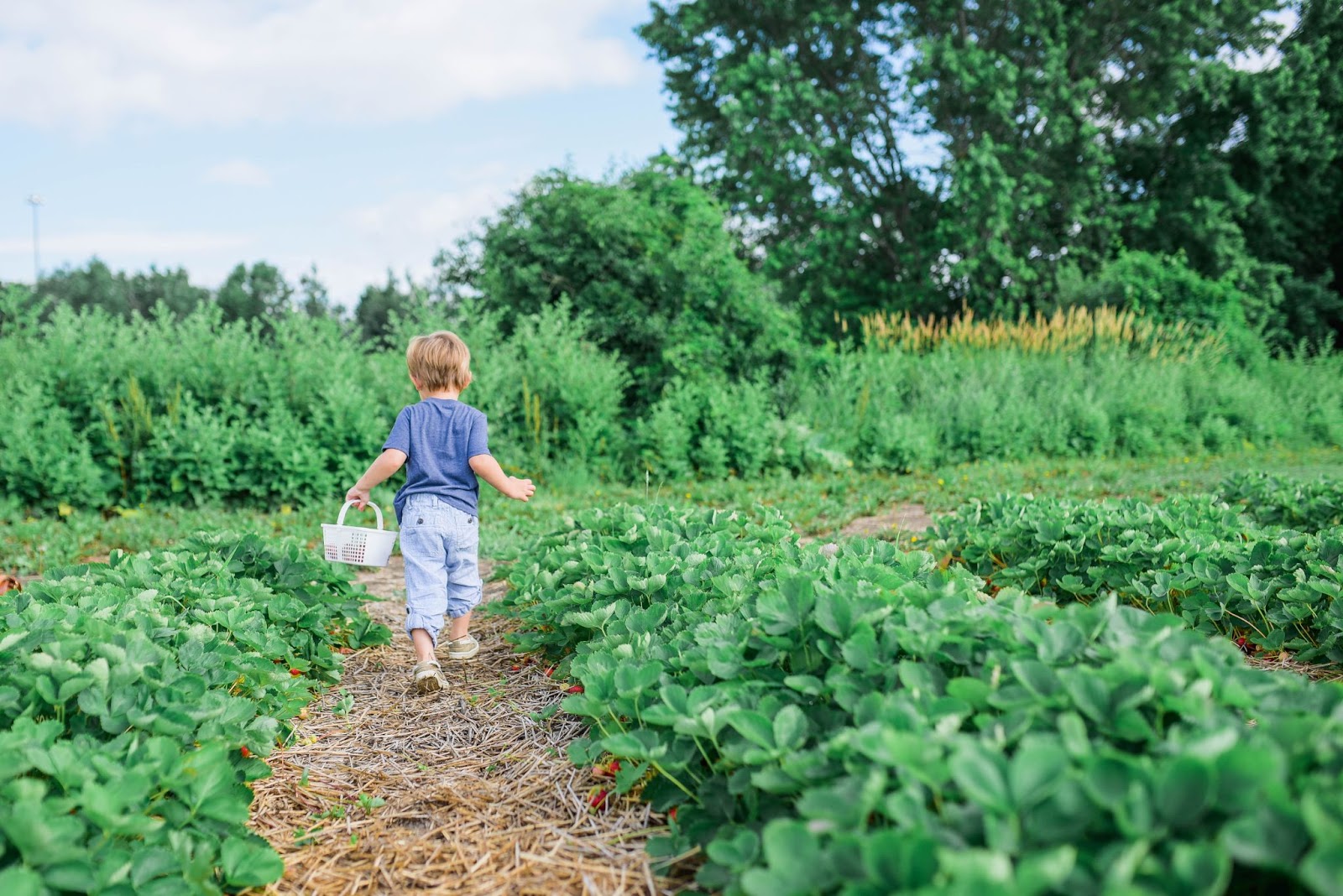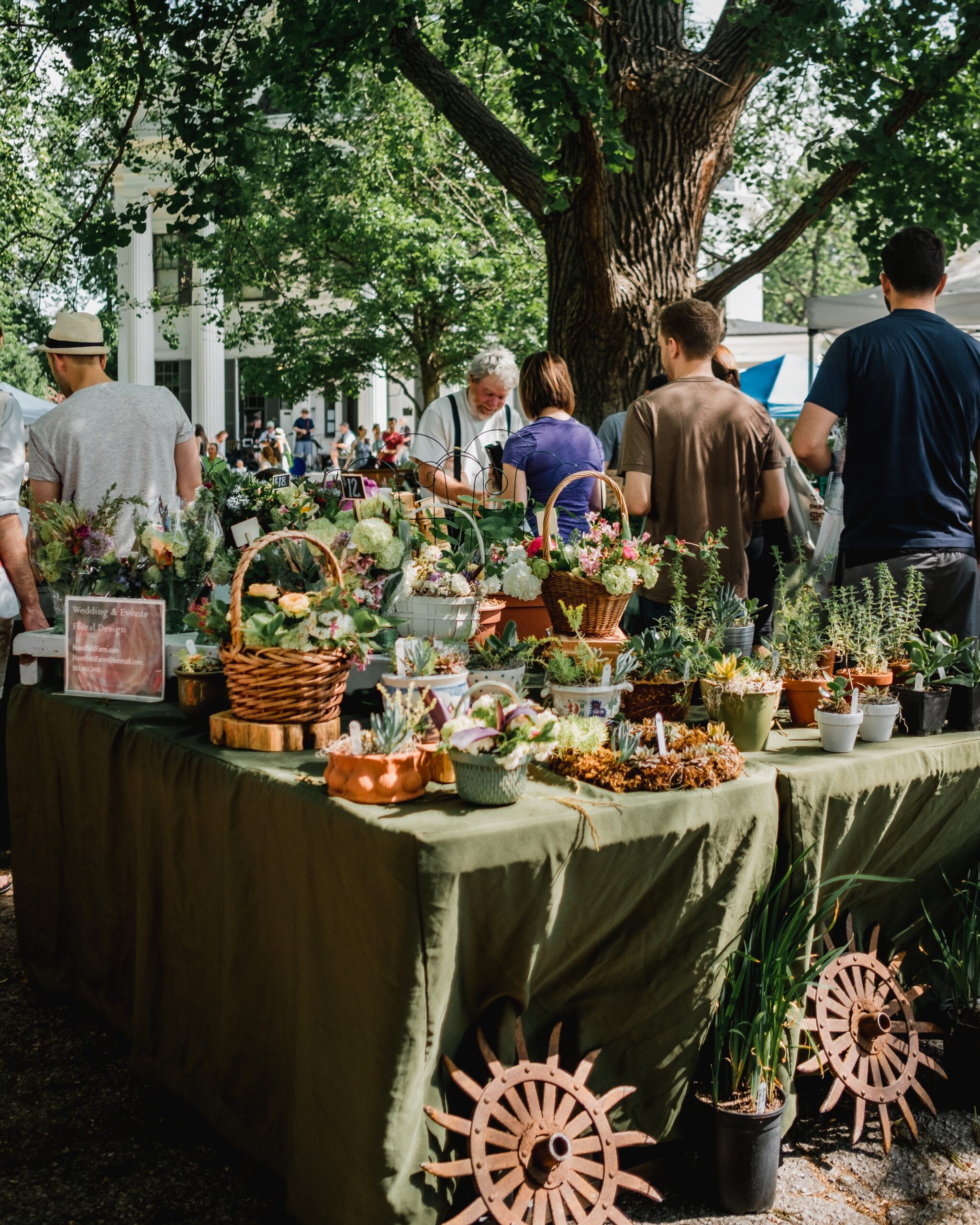What essential characteristic sets humans apart from the roughly 8.7 million plant and animal species? Though we are relatively large and mobile, we still lack many of the generally impressive physical attributes in bigger primates, whether it be more durable skin, larger teeth, or higher muscle density. The brain is the obvious reason, but the most important thing is what it gives us: the ability to communicate with one another.
Communication is not a trait unseen in the rest of nature’s creatures. However, communities have been the driving force for thousands and thousands of years of our survival. To this day, they exist as something one can rely on during the most difficult times.
Communities are present in the modern-day U.S. wherever you look. They could be a small neighborhood in one’s hometown, the fanbase of a basketball team, or even a group of like-minded professionals looking for collaboration within a specific industry.
The latter has recently been an emerging phenomenon within the American agricultural sector, as farmers and consumers within a similar radius have begun opting into community-supported agriculture (CSA) to bolster the local supply chains and ensure fresh produce for all.
The philosophy, pioneered in the 1920s that later came to international fruition in Japan by the 1960s, has finally started to gain mainstream recognition as a legitimate supply chain alternative to the global trade status quo.
“We’re late to the party,” said Symbria Patterson, who operates Red Acre Farm in Cedar City, UT. “This movement has been around a long time, and it’s grown and evolved around the country, and we’re just getting started.”

CSA as a concept is pretty simple. It is centered around consumers within a local community investing in nearby farms by buying “shares.” This investment is more akin to a membership or subscription than legitimate stock ownership, where a monthly financial commitment entitles the customer to a once-a-week supply of produce from the area farm. The customer gets guaranteed fresh and nutrient-dense produce from a supplier they know. The relationship adds the benefit of seasonal variety that they might not otherwise have. On the other side, the farmers get a more reliable cash flow and can make adjustments based on community needs and expectations before planting seeds.
CSA communities follow that rough blueprint, although no strict or uniform organizational structure exists. Certain communities will follow the above approach, where customers either pick up or receive a pre-sorted container of produce. There is also the market-based approach, where CSA setups operate similarly to a conventional farmer’s market.
With a CSA membership, customers can peruse weekly offerings as they see fit, a practice that eliminates waste that would otherwise come from unwanted produce. Others operate using a blend of existing systems and produce additional farm-based goods like eggs, bread, and cuts of meat.

There are more than 2,500 CSA communities in the U.S. today, a significant uptick from the earliest American instances in 1980s Massachusetts.
While maintaining a stable supply of produce is the primary goal of these organizations, they offer a host of other opportunities for community-based education on sustainable agricultural practices, real-time consumer feedback for farmers, and more.
For independent producers like Patterson, what was once a significant departure from tradition has now become an absolute way of life. “Our position is if you can feed yourself and your neighbor, you can feed the world,” she said.





